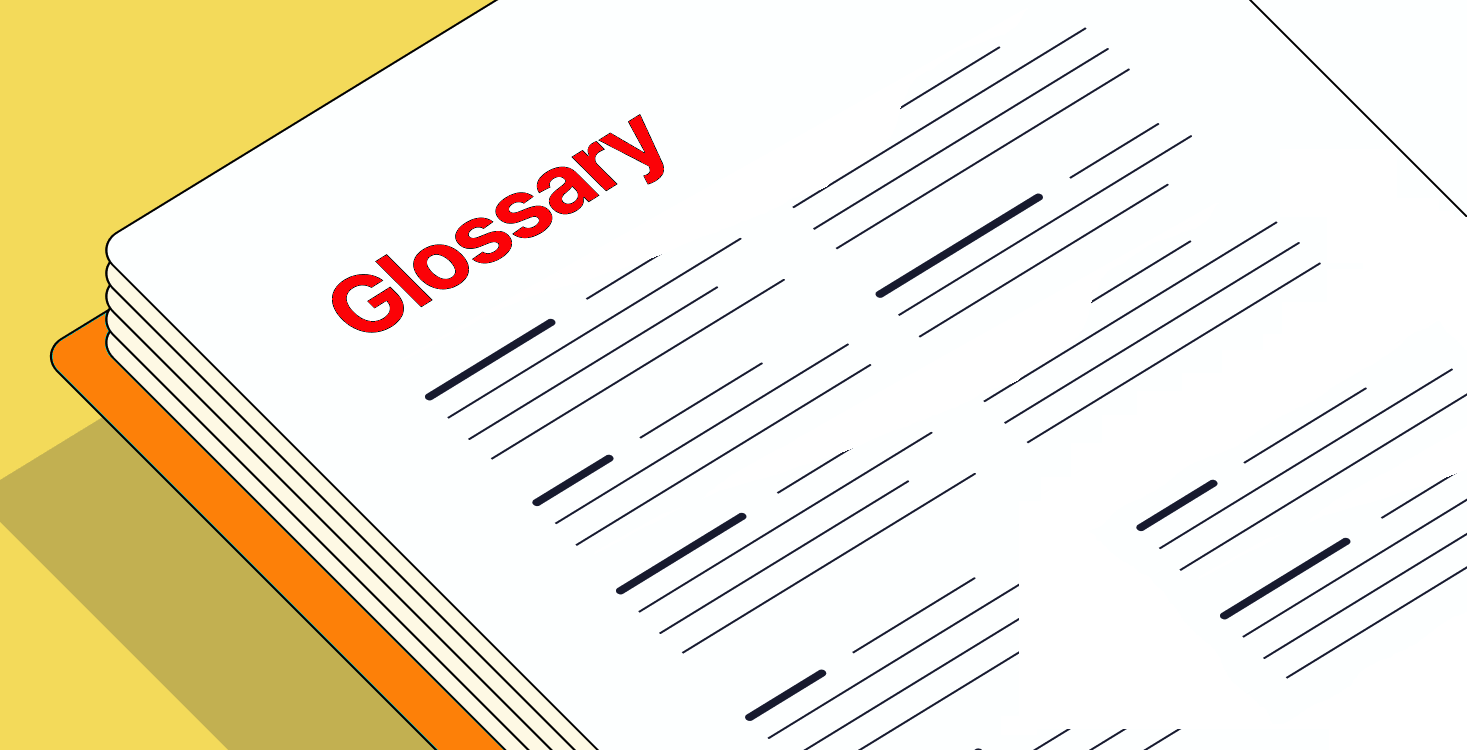The importance of using Glossaries in translation projects
In the fast-paced world of translation, consistency is not just a virtue; it’s a necessity. Whether you’re translating technical manuals, marketing materials, or legal documents, maintaining a uniform terminology is crucial. That’s where glossaries come into play!

What is a Glossary?
A glossary is a specialized dictionary used in the translation process to ensure that specific terms are translated consistently. It contains a list of source language terms alongside their approved translations in the target language(s).
Why Use a Glossary?
-
- Consistency
Imagine reading a technical manual where the term “circuit breaker” is translated differently on each page. Confusing, right? A glossary ensures that specific terms are consistently translated, making the text easier to understand.
-
- Time-Saving
Once a glossary is set up, translators can refer to it, speeding up the translation process. No more wasting time debating the best way to translate a term!
-
- Quality Assurance
A well-maintained glossary can serve as a quality control tool. It helps in reducing errors and ensures that the translated content meets industry standards.
-
- Client Satisfaction
Clients love consistency. A glossary helps in meeting client expectations by ensuring that industry-specific jargon is accurately translated.
How to Create a Glossary
- Identify Key Terms: Start by identifying the key terms that appear frequently in your text.
- Consult Stakeholders: Involve subject matter experts, clients, and translators in the glossary creation process.
- Define Terms: Provide definitions and context for each term.
- Translate: Translate the terms into the target language(s).
- Review: Have the glossary reviewed by experts to ensure accuracy.
Best Practices
- Regularly Update: Industries evolve, and so should your glossary.
- Make it Accessible: Store the glossary in a location that’s easily accessible to all team members.
- Integrate with CAT Tools: If you’re using Computer-Assisted Translation (CAT) tools, integrate your glossary for even smoother workflows.
In the world of translation, a glossary isn’t just a “nice-to-have”; it’s a “must-have.” It ensures consistency, saves time, and ultimately leads to happier clients. So, if you haven’t already, start building your glossary today!



